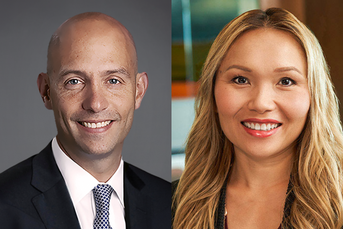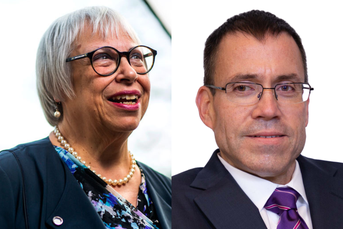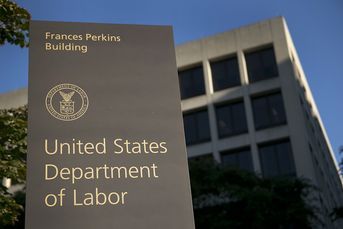Race, gender gaps in 401(k) use go beyond income, report finds

Limits on early withdrawals from 401(k)s could help reduce disparities, researchers found.
There are differences in how well the 401(k) system works by race and gender, and small changes to the system could close savings gaps, research published Tuesday suggests.
The paper, published by The Collaborative for Equitable Retirement Savings, found that when controlling for income and job tenure, there are discrepancies across racial and gender lines in account balances, contribution rates, loans, and early withdrawals. Asian women and men on average had the highest contribution rates and account sizes and the lowest incidences of loans and pre-retirement withdrawals, the authors found. Black workers had lower contribution rates and account balances and higher incidences of loans and early withdrawals.
“We know that the racial wealth gap writ large … is the product of many inputs from many historical factors,” said Karen Biddle Andres, one of the authors and director of impact strategy and partnerships at the Aspen Institute Financial Security Program. “The DC system has proven to be an extraordinary generator of wealth for so many millions of people that it is incumbent on us to look at the data in a desegregated way, so that we can see how to make it work for everyone.”
The research includes data from nine 401(k) plans in 2022, with figures for more than 180,000 workers. The groups behind the research include Morningstar Retirement, Defined Contribution Institutional Investment Association, and the Aspen Institute Financial Security Program.
The research found that Asian women tended to have the highest contribution rates as a percentage of their pay. Overall, Asian and white workers had the highest account balances and appeared to be the most financially prepared for retirement, at least based on their 401(k) assets.
Pre-retirement withdrawals were highest among Black and Hispanic workers, as were the odds of having outstanding 401(k) loans. For Black workers ages 55 to 59, the likelihood of having a loan is 49 percent.
“It’s clear that a lot what we see in these early reports is the search for liquidity – people need short-term liquidity in their lives,” Andres said.
In 2023, loan and hardship withdrawal activity increased generally, according to recent data from Vanguard. Loan use was up 12 percent over 2022, although it was still lower than pre-pandemic levels, the asset manager reported. Last year, 3.6 percent of its plan participants initiated hardship withdrawals, compared with 2.8 percent who did so in 2022.
Researchers suggested that limiting pre-retirement withdrawals could help reduce the race and gender disparities, with the biggest impact among early- and mid-career workers.
However, limiting access to 401(k) assets could discourage some employers from offering plans or could make workers more conservative in their contributions or asset-allocation strategies, said Jack VanDerhei, director of retirement studies at Morningstar.
The findings don’t indicate that the 401(k) itself is unfair, the researchers said.
Compared with the retirement and wealth gaps associated with having access to an employer-sponsored retirement plan or not having one, the discrepancies by race and gender for those who do have access are comparably smaller, VanDerhei said.
“We are in a much better situation, given the DC system rather than a situation where [workers] don’t have that opportunity,” he said.
The collaborative hopes to provide data to employers that could help them decide what policies to apply to their plans to best help workers save, they said.
“Employers are in a unique position where they can use tools and resources to help their workforce,” said Pamela Hess, executive director of the DCIIA Retirement Research Center. “Every conversation [with them] has been different in terms of how they nudge employees [to participate].”
In the future, the group plans examine the impact of the 2022 SECURE 2.0 Act Saver’s Match provision, which provides a government-sponsored contribution for low- and moderate-income savers.
“We want to make sure that each plan sponsor understands how important it might be … to be able to get this free money from the government for their employees as a match, to help take care of some of these disparities,” VanDerhei said.
Higher rates not a bad thing for annuity buyers, says Invesco strategist
Learn more about reprints and licensing for this article.








